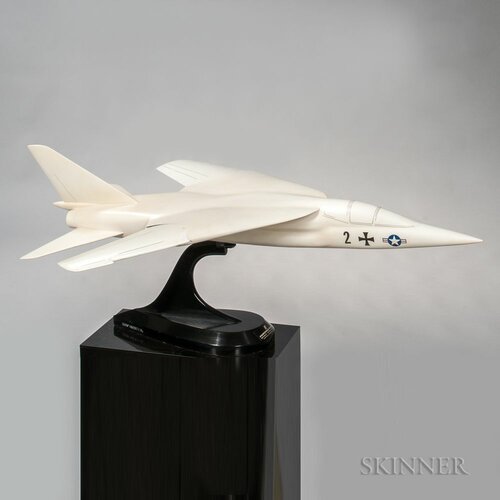- Joined
- 27 December 2005
- Messages
- 17,749
- Reaction score
- 26,403
Yes, apparently P.1163, later redesignated HS.1170, was designed for VAK191 spec.

PaulMM (Overscan) said:Source:

Благородный металл 4.
Шестидесятые годы были интереснейшим временем в истории мировой авиации. Разгорающаяся гонка вооружений, борьба за глобальное господство, освоение новых технологий производства, способствовали появлению невиданных ранее видов летающей техники, а достаточно короткий цикл их проектирования и запуска…pkk-avia.livejournal.com
barbara_em said:As a non-technical type, I find those pop-out engines just aft the cockpit silly. It seems as if some engineers say, "Hey, this has never been done, so let's do it. Maybe somebody will think it's cool/practical/cost-effective/weight-efficient." Or is it just me?
Here slightly better scans of the two pictures, which have been posted before.Equipped with Rolls-Royce/Allison XJ-99 lift engines and TVC nozzle, parts of which were later used in RB.199.
This patent appears to show the EWR AVS rear nozzle system :
And these the front pop-out jets :







The positive intermediary role that a technically competent and experienced government office can play has long been apparent. The history of the U.S.-German advanced VSTOL fighter (AVS), in the mid1960s, no matter how poorly conceived the aircraft itself may have been, provides an interesting case of how a SPO can improve communications and facilitate the work of industrial firms in a collaborative development project. In the case of AVS, which had a brief life in the mid-1960s, the SPO at WPAFB supervised the work of EWR in Germany and Fairchild in the U.S. and incorporated about 20 German engineers into the Dayton office. One of the bright spots of this ill-fated program was the smooth functioning of government and industry people at the technical level.
Whoops, my apologies for introducing some extraneous speculation - this was for US/FRG (later AVS), late 1965.
Probably the same model, sold at auction:Tony Buttler sent me these photos of a Fairchild possibly NKF model to identify.
It seems to be a model of the 1967 Republic(Fairchild) AVS proposal. It's lacking the popout engines and the rear engine detail (thrust reversers?) but otherwise is a good match.


